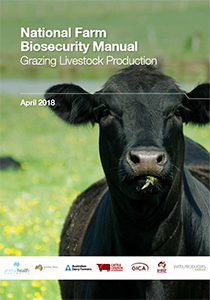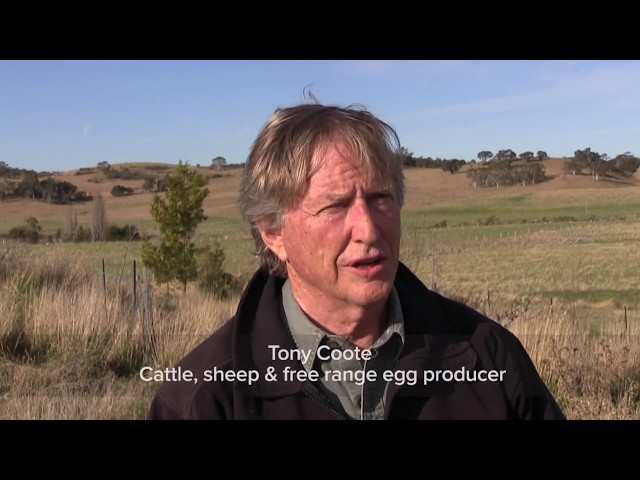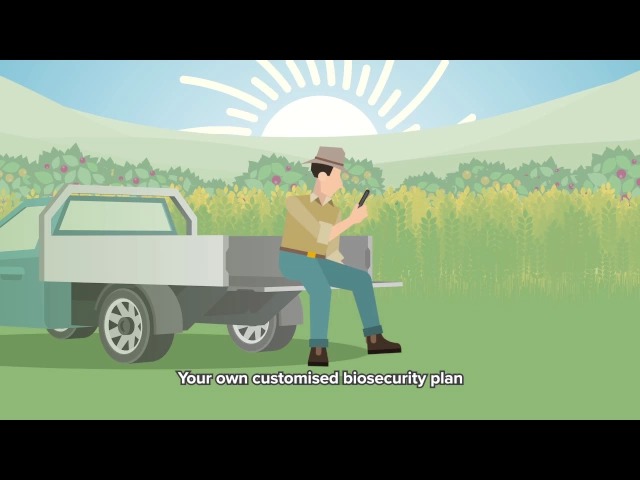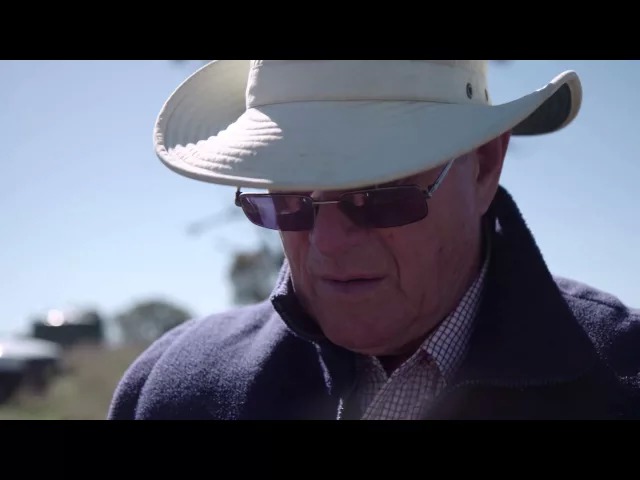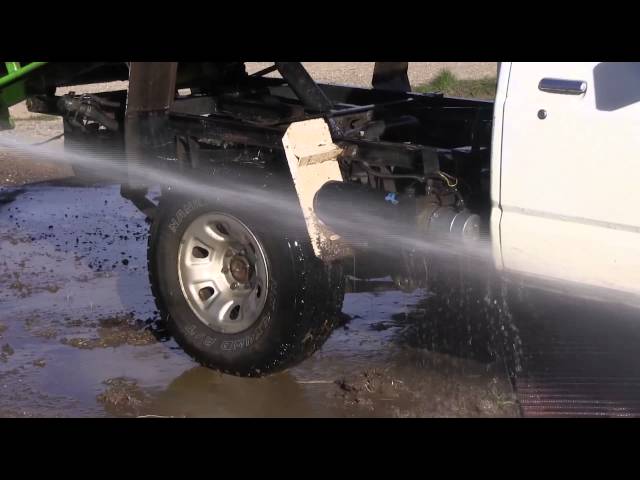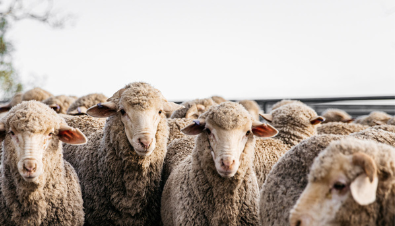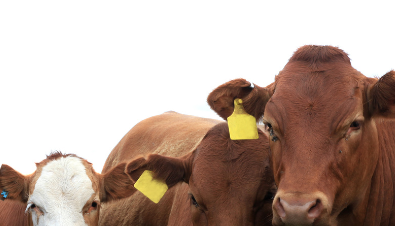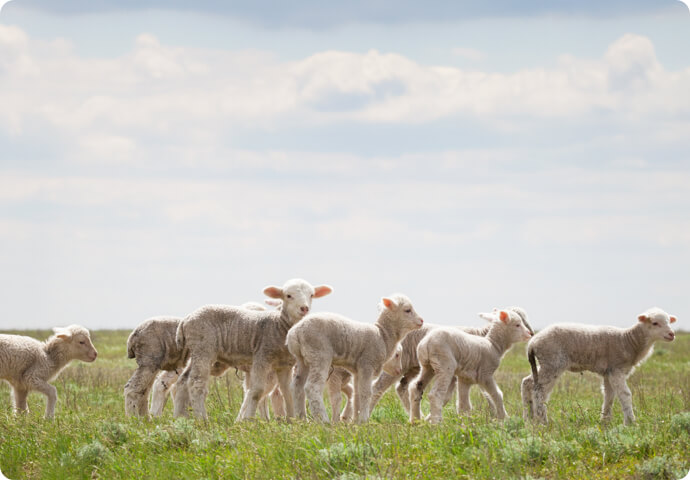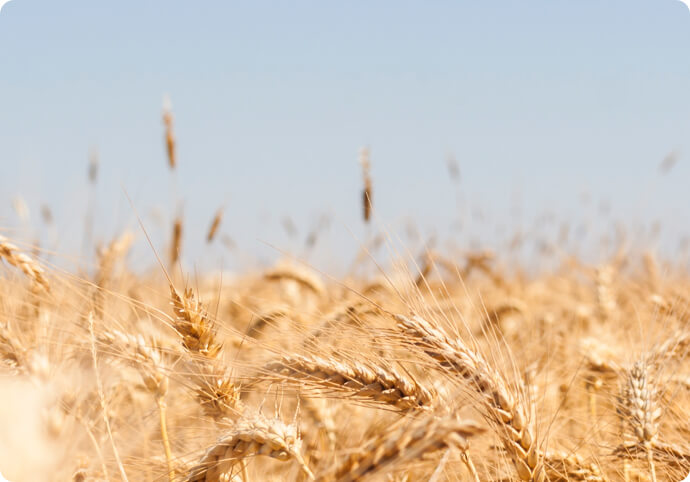You have an important role to play in protecting your property and the entire beef cattle industry from biosecurity threats.
On this page, you will find the tools to implement the simple, everyday biosecurity practices to protect the health of your livestock, limit production losses and help maintain market access for Australia’s beef producers.
Disease alert: Foot-and-mouth disease (FMD) and lumpy skin disease (LSD)
FMD and LSD are both very serious diseases that affect beef and dairy cattle. Australia is currently free of these diseases, however there have been recent cases in Indonesia, including Bali. To learn more about the diseases, and how you can prepare, click here (for FMD) and here (for LSD).
The recommended on-farm biosecurity practices for beef cattle producers are contained in the National Biosecurity Reference Manual: Grazing Livestock Production.
The manual provides a set of voluntary, cost-effective guidelines to help reduce the risk of disease entering a property, spreading through the livestock population, and/or being passed to surrounding livestock operations. It outlines recommended measures under five management areas: Livestock; People, equipment and vehicles; Feed and water; Pests and weeds; Management.
Visit the Meat & Livestock Australia site for more information on Livestock Production Assurance requirements.
For cattle producers looking to maintain their Johne’s Beef Assurance Score, download the On-farm biosecurity plan template.
Biosecurity toolkit
As a beef producer, the number one way to protect yourself from biosecurity risks is to keep diseases, pests and weeds off your property.
Always insist on a properly completed National Cattle Health Declaration when purchasing stock, offering cattle for sale, and when mandated by inter-state movement requirements.
More information
The single biggest threat to the cattle industry’s sustainability is an outbreak of an emergency animal disease. That’s why the Cattle Council of Australia has put into place a series of animal health policies at both the state and national levels to guard against threats to the industry’s biosecurity.
Australia’s National Livestock Identification System (NLIS) identifies animals so that we can trace them quickly if we need to. It applies to anyone with cattle, sheep, pigs or goats.
If there is an outbreak of an emergency disease (for example foot and mouth disease), we can quickly trace back to identify animals that might already be infected, and trace forward to identify animals that are at the greatest risk of infection.

